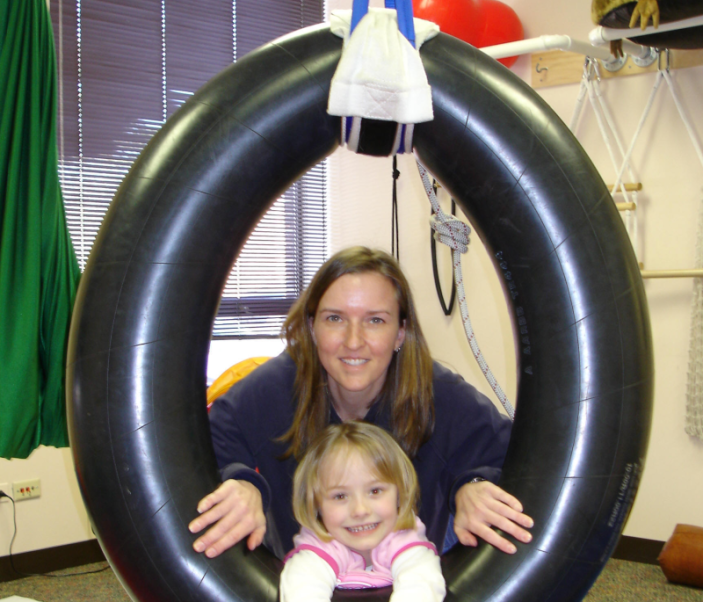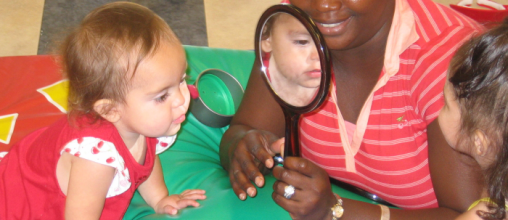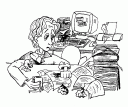Upon discovering that a child of ours is having a developmental disorder, be it autism, ADHD, dyslexia or whatever, parents face a number of difficulties. Often the first question asked is “who’s fault is this?”. Rest assured, developmental disorders are not the result of poor parenting!
The process of discovery may be painful but it is very important for both parents to accept the reality and deal with it. In many cases the disorder will be treatable even when discovered late. More importantly, the negative effects on a child with a developmental disorder can be devastating unless they are counteracted by parents and friends who are determined to let their child know that an inabity to perform on par with peers does not result in rejection or less love.
Start keeping a detailed journal for your child. Note down things like diet, moods, new therapies, hours of sleep, illnesses, medications, and physical data such as height, weight, head circumference, bmi and whatever else seems of importance. Make sure that you make relevant entries daily. This can be an invaluable help as time goes on. Ask your therapist to give you an appropriate developmental checklist and note down your child’s progress.
Finding the best therapy for your child is of great importance and perhaps even more important is to evaluate exactly what the individual child’s problems are.
A good therapy centre for developmental disorders will have at least the following facilities: Personnel; an occupational therapist, a child psychologist and a special educationist. Then Facilities; comprehensive licensed tests, a developmental playground, sensory integration toys and tools and good nutritional support. They will also maintain a therapy schedule with plenty of one-on-one sessions and so have a high therapist to client ratio. Finally, good therapy centers will include the parents in the therapy process. In our experience, when parents and therapists effectively cooperate, children do much, much better.
Parents then need to find out all they can about the particular problems that their child faces. The internet has plenty of information, but not all of it is good! Be sure to discuss what you learn with the professionals who are helping you! Join a support group with other parents who are sailing in similar waters. A good support group can be invaluable for sharing burdens and for finding solutions. You will be surprised to discover how common developmental problems are!
Finally, start including your extended family and your friends in your experiences. Don’t try to keep your child’s difficulties a secret. This can be hard to do but it is very necessary. Not all will be understanding but most people will appreciate your confidence and will try to be practically helpful.
Educating a developmentally challenged child can be difficult but many schools recognise the problems and are starting to practice inclusive education. Search out such forward thinking schools and spend time talking to your child’s teachers about what additional therapy is ongoing and areas where your child needs extra help.
Always know that you and your child will grow together. Some developmental problems can be completely cured, others can be so well compensated for that no deficit will be detectable and in all cases improvement will be seen!








Recent Comments